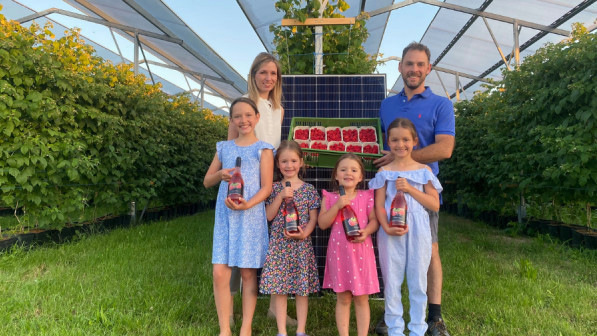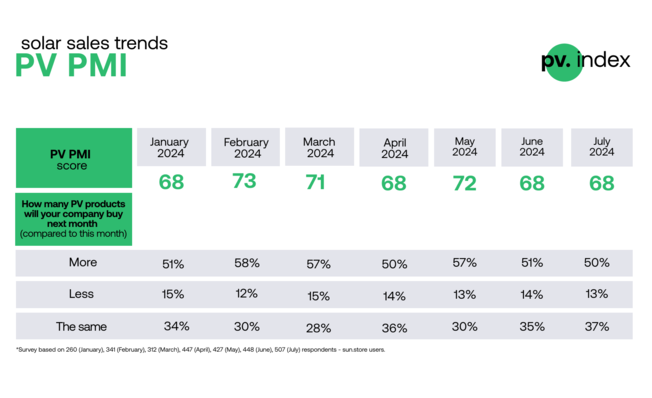The industry association PV Austria has summarised this year's subsidies for photovoltaic systems. The result: The Austrian Settlement Centre for Green Electricity (Oemag) alone has approved investment subsidies for systems with a total output of over two gigawatts for this year. This corresponds to the total solar capacity added in the past three years, according to the association.
Systems must now actually be built
PV Austria attributes the enormous growth to the subsidies provided by the Renewable Energy Expansion Act (EAG), which came into force in 2022. "This is a good example of what is possible with commitment and will," emphasises Vera Immitzer, Managing Director of PV Austria. The balance sheet of the subsidy processing centre is positive.
See also: Vertical agri-PV plant wins Austrian Solar Prize 2023
It remains to be seen whether this record influx will remain on paper for the time being or whether these systems will actually be built. In practice, there are also other hurdles to overcome than obtaining a subsidy. In addition to functioning financial support, we need strong grids, clarity regarding grid access and a modern E-Economy Act in order to be able to utilise the diversity of technologies," emphasises the PV Austria boss.
248 of 700 megawatts subsidised
However, the problem child is not rooftop systems, but the expansion of photovoltaics on open spaces. Since this year, Vienna has been supporting the construction of solar parks through tenders and a market premium. Here, participation in the auctions fell far short of the potential. Only projects with a total output of 248 megawatts took part in the four tender rounds. In contrast, the tender volume totalled 700 megawatts.
Only 35 per cent of the funds called up
This means that only 35 per cent of the eligible output was applied for. According to the association, there are several reasons for this. "The unjustified 25 per cent discount for ground-mounted systems, the increased investment costs and the simple lack of approvals from the federal states and municipalities are reasons why the funding was not applied for in the tender," summarised Vera Immitzer.
Open spaces are necessary
The association is therefore calling for the subsidy to be adapted to reality. "Even though the rooftop systems segment has reached a good level, Austria also needs larger ground-mounted projects that produce affordable electricity for the economy," explains Immitzer, pointing out that solar output must increase tenfold by 2040. This will not be possible with roof systems alone in this short time.
Also interesting: Fronius doubles production capacity for inverters
The association is therefore proposing an increase in the maximum value for bids. In addition, the subsidies not utilised this year should be postponed until next year. Vera Immitzer appeals to the responsible ministries in Vienna to bear this in mind when drawing up the tender conditions for 2024. She also criticises the long time until the new auction conditions are published. After all, a new year begins in a few weeks and the regulations have still not been finalised. (su/mfo)








